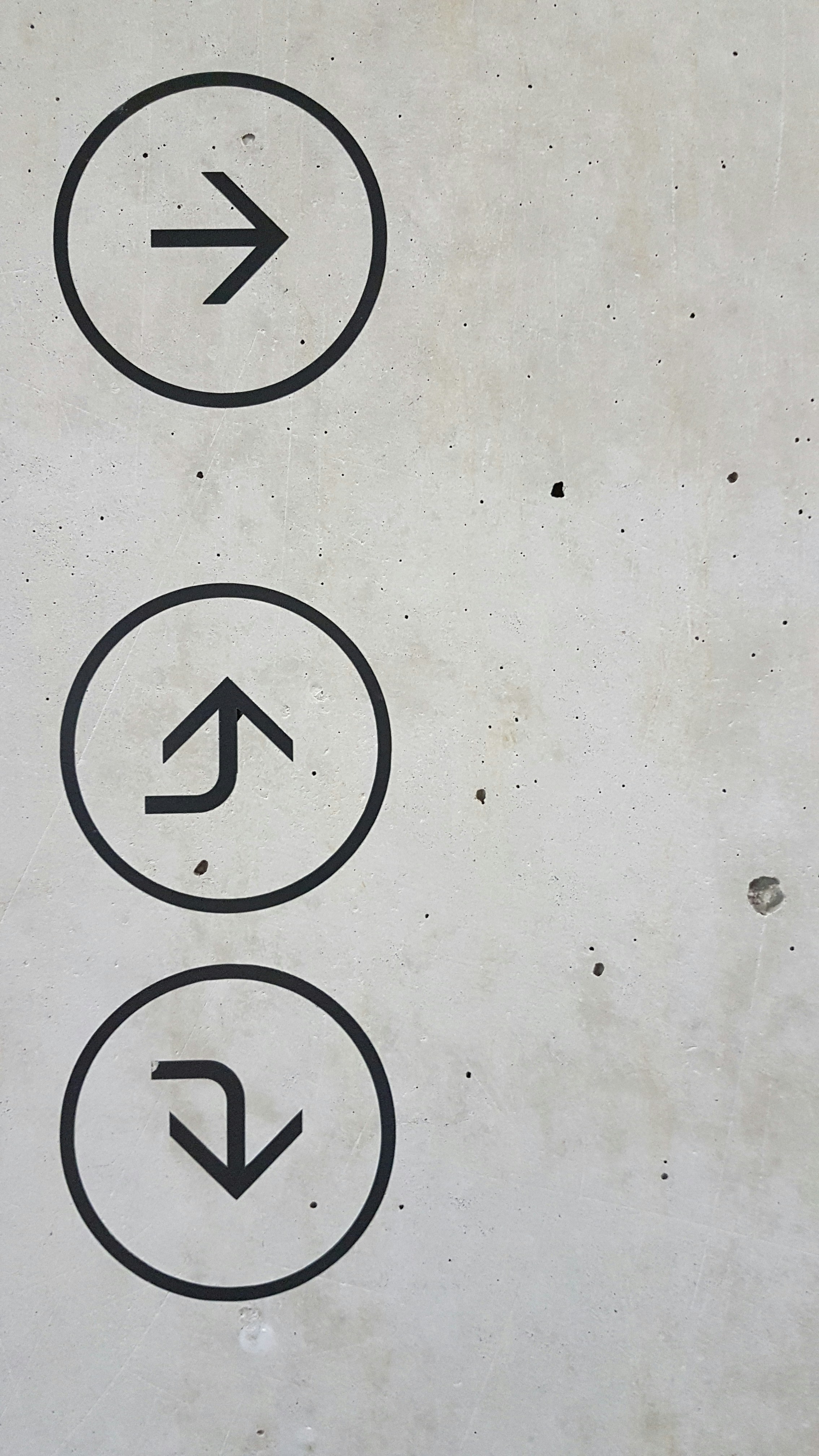Where Is Your Organization on the AI Journey?
Oct 8, 2025
The AI Adoption Curve: Where Is Your Organisation on the Journey?
Artificial Intelligence (AI) is no longer just a buzzword. It is becoming a key part of how modern businesses grow, make decisions, and remain competitive.
But adopting AI does not happen all at once. It is a gradual process that moves through stages from early curiosity to full integration.
Understanding where your organisation stands on the AI adoption curve helps you decide what actions to take next, avoid common pitfalls, and build momentum in the right direction.
Stage 1: Awareness
At the beginning, your team starts learning what AI is and how it might help the business. People may have heard of chatbots, automation tools, or data analysis powered by AI, but they are unsure how it applies to their work.
Common questions at this stage include
"What can AI actually do for us?"
"Will it replace jobs?"
"Where should we even start?"
This is the exploration phase. It is the time to educate, not to execute.
Goal: Build basic understanding and spark curiosity.
AI Champion’s Role: Lead simple awareness sessions, share examples of AI success stories, and show how AI could support existing goals rather than replace people.
Tip: Start small. Host a lunch-and-learn or internal demo to get teams thinking about real possibilities.
Stage 2: Experimentation
Once awareness grows, the next step is trying things out. This is where organisations run small AI pilots, perhaps testing a tool to automate reports, predict customer needs, or analyse survey feedback.
Not every project will succeed, and that is okay. The goal here is learning what works and what does not.
Goal: Identify valuable use cases and gather lessons from early experiments.
AI Champion’s Role: Encourage experimentation, document results, and communicate what the team learns, both successes and failures.
Example: A company might test an AI chatbot for internal IT support. Even if it does not perform perfectly, the insights gained help improve future projects.
Stage 3: Operationalisation
At this point, the organisation starts taking AI more seriously. What used to be experiments now becomes part of daily workflows. Teams begin building internal playbooks, standardising tools, and training more employees on how to use them effectively.
Goal: Turn isolated projects into reliable, repeatable processes.
AI Champion’s Role: Help departments integrate AI into their operations and ensure it aligns with real business outcomes.
Example: A marketing team might use AI for content recommendations or ad targeting as part of their normal campaigns, not just as a trial.
Stage 4: Integration
AI becomes part of the organisation’s DNA. Systems talk to each other, data is well-managed, and teams rely on AI-driven insights for decision-making. Employees trust AI tools and see them as helpful, not threatening.
At this stage, attention shifts from "Can AI work?" to "How do we make sure it works well, safely, and fairly?" Ethical considerations, governance, and data security become key priorities.
Goal: Build a culture of responsible, transparent, and data-driven AI use.
AI Champion’s Role: Maintain standards, monitor AI performance, and communicate clearly about how AI supports business goals.
Example: A logistics company might use AI to optimise delivery routes daily, reducing fuel costs while ensuring fair and transparent decision-making.
Stage 5: Optimisation
The company now uses AI not only to automate tasks but also to predict outcomes and drive innovation. Feedback loops help systems improve over time, and employees continually find new ways to use AI.
AI is not just a tool. It is a partner in decision-making.
Goal: Continuously improve processes and find new value through innovation.
AI Champion’s Role: Lead strategic conversations about how AI can create new business models or services.
Example: A retail chain might use AI to predict customer demand, personalise marketing, and help design new products based on trend analysis.
How to Identify Your Stage
You can roughly identify where your organisation sits by asking these questions
Do we understand what AI is and what it can do for us? Awareness
Have we tested AI tools or pilots? Experimentation
Do we have repeatable AI processes? Operationalisation
Is AI embedded in our everyday work and trusted by staff? Integration
Are we using AI insights to innovate and improve? Optimisation
Each stage builds on the one before it. There is no shortcut, and that is okay. The key is steady, thoughtful progress.
Final Thought
AI adoption is a journey, not a single project. Every step, from awareness to optimisation, brings new learning and value.
When guided by AI Champions, the process becomes smoother, more human-centred, and more effective. These champions help teams stay focused, motivated, and confident as they adapt to new ways of working.
AI success does not come from technology alone. It comes from people who believe in its potential and guide others to use it wisely.











